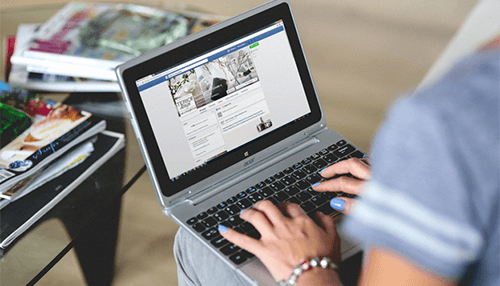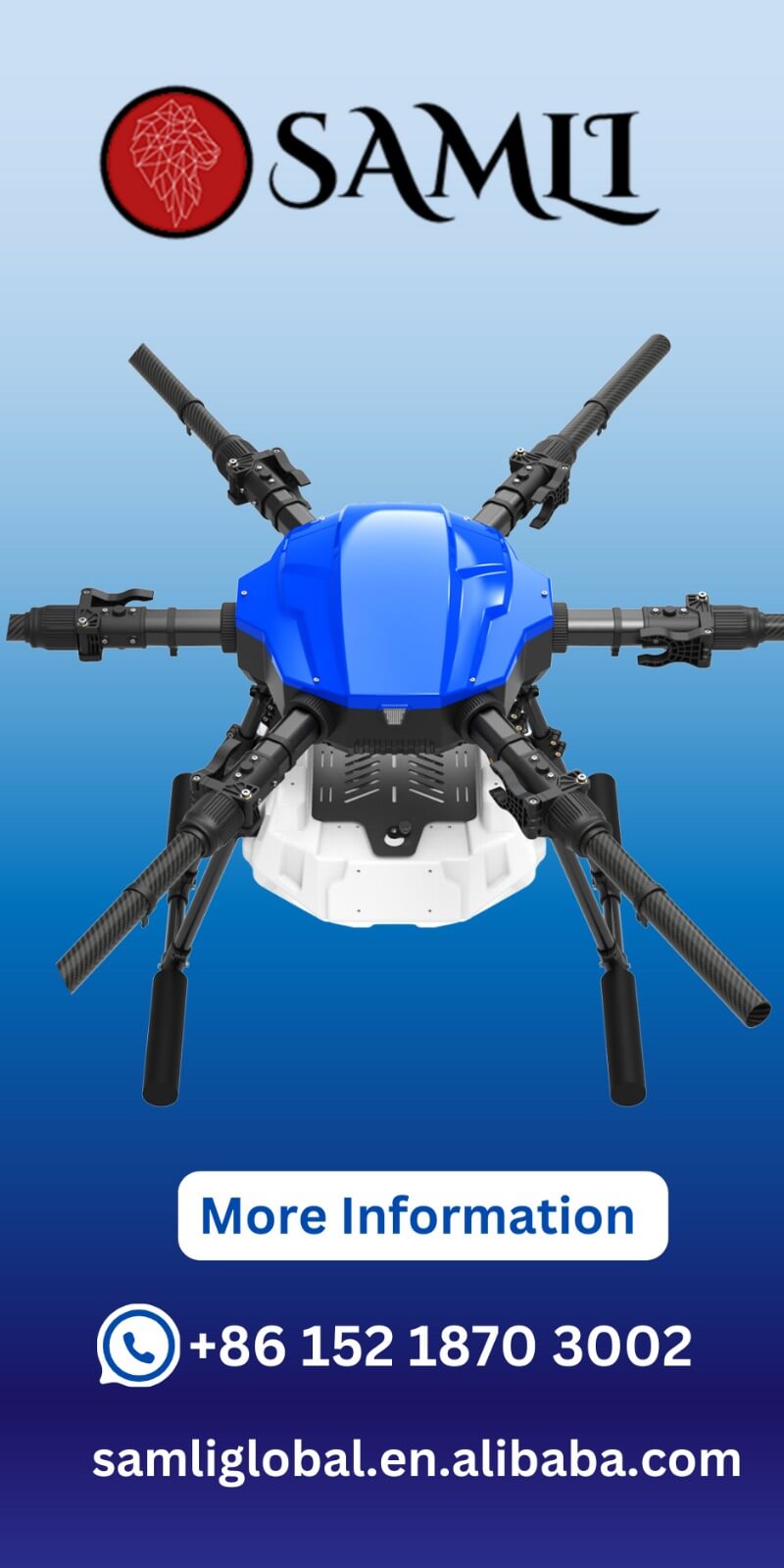Facebook CPMs can be charged based on impressions or clicks on a link. A more common method is bidding on link clicks, also known as cost per click (CPC). Your Facebook ad is charged only when someone clicks on it. Whenever your ad is viewed, you are charged regardless of whether anyone clicks on it.
You are charged per 1,000 impressions (CPMs). Your Facebook CPM ad set’s Budget & Schedule section allows you to change how you get charged. With some ad delivery settings, you can only pay per impression.
1. Real-time campaign optimization
To ensure your CPM stays within your target range, you need to monitor and optimize your Facebook campaign’s performance. Align your campaign objectives with your campaign goals to reach users who are more likely to act after seeing your ad. Determine which bid types are most effective for your target audience by testing different options. Utilize the Facebook CPM bid type to ensure your ads are serving the most engaged users.
2. Track your frequency and relevance score
Like Google’s quality score, Facebook’s relevance score measures how well your ad resonates with your audience. Your advertisement is more likely to be shown over others with a high relevance score, effectively reducing the CPM and cost-per-result. Among other methods:
-Ensure your target audience is relevant
-Create advertisements that appeal to your target audience
-Ads and audiences should be tested
Ad frequency is closely tied to relevance score, as it refers to the ratio of an ad’s impressions to its reach. The optimal frequency of your Facebook campaign depends on whether you’re trying to drive awareness or conversions. For awareness, keep your ads closer than a frequency of one; for engagement, aim no higher than four.
Your audience will likely take negative action against your ad when your frequency is too high, which means a lower relevance score and higher CPM. Therefore, ad frequency is a good indicator of ad fatigue. You may need to refresh your ad content or revise your targeting if you notice your relevance score drops or your ad frequency rises, as your audience may be experiencing creative fatigue.
3. Engaging and meaningful content lowers CPMs
Creating content that directly speaks to your audience is one of the best ways to increase relevance and engagement on Facebook. Be sure your ad is eye-catching and displays your message prominently. Within the first 15 seconds of a Facebook video ad, incorporate your brand’s message and identity. According to Facebook, the first three seconds of a video campaign deliver 47% of the value.
To drive engagement and increase ROI, ensure your ad includes a call-to-action button. Your overall ad cost is lower if more people respond to your ad.
4. Using split-tests
Keep costs low by testing different variables for future Facebook ads. Split testing on Facebook lets you:
-Find out what kind of creativity your audience responds to the most.
-Discover what Facebook audiences are most valuable for your goals.
-To determine the most cost-effective delivery optimizations and placements.
-Find out which product sets are the best sellers on your eCommerce store.
-Improve future campaigns using the knowledge gained.



